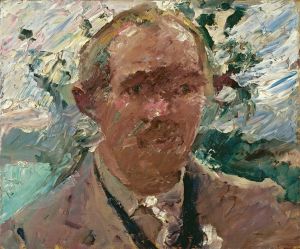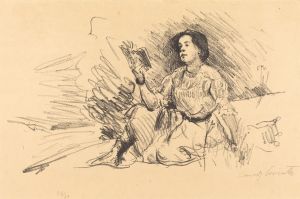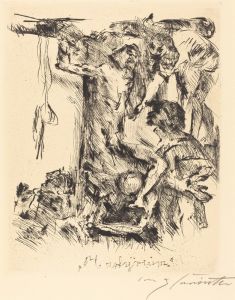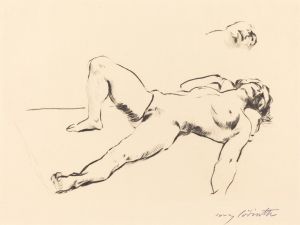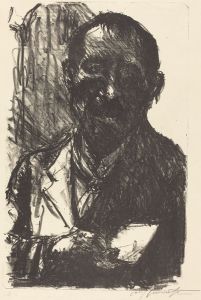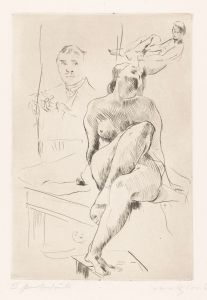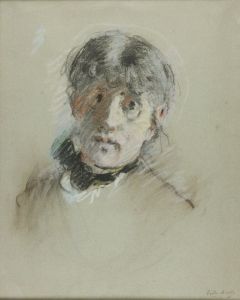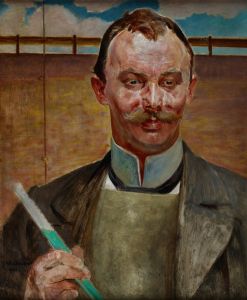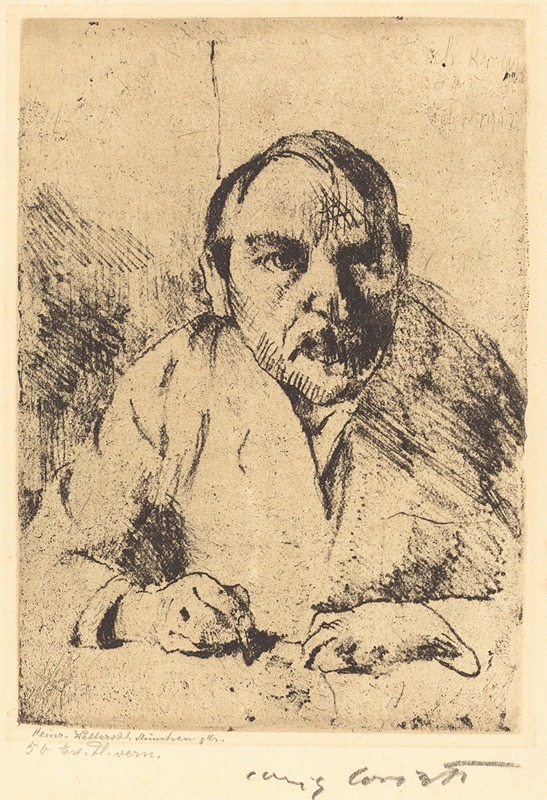
Self-Portrait
A hand-painted replica of Lovis Corinth’s masterpiece Self-Portrait, meticulously crafted by professional artists to capture the true essence of the original. Each piece is created with museum-quality canvas and rare mineral pigments, carefully painted by experienced artists with delicate brushstrokes and rich, layered colors to perfectly recreate the texture of the original artwork. Unlike machine-printed reproductions, this hand-painted version brings the painting to life, infused with the artist’s emotions and skill in every stroke. Whether for personal collection or home decoration, it instantly elevates the artistic atmosphere of any space.
Lovis Corinth's "Self-Portrait" is a notable work by the German painter and printmaker, who was a leading figure in the transition from Impressionism to Expressionism in the late 19th and early 20th centuries. Corinth created numerous self-portraits throughout his career, using them as a means of introspection and artistic experimentation. These works often reflect his evolving style and personal circumstances, offering insight into his life and artistic development.
Born in 1858 in Tapiau, East Prussia (now Gvardeysk, Russia), Corinth studied art in Königsberg, Munich, and Paris. His early works were influenced by the academic traditions of the time, but he later embraced Impressionist techniques. After moving to Berlin in 1901, Corinth became a prominent member of the Berlin Secession, an influential group of modern artists. His work during this period often combined realism with bold, expressive brushwork.
In 1911, Corinth suffered a stroke that partially paralyzed his left side. This event marked a turning point in his career, as his style became more expressive and emotionally charged. His self-portraits from this period are particularly significant, as they document his physical and psychological struggles while showcasing his resilience as an artist.
One of Corinth's most famous self-portraits, "Self-Portrait with Skeleton" (1896), exemplifies his interest in themes of mortality and the human condition. While this specific work predates his stroke, it reflects his fascination with the fragility of life, a theme that would become even more pronounced in his later works. Corinth's self-portraits often depict him with unflinching honesty, capturing his aging features, physical ailments, and emotional states.
The exact details of the "Self-Portrait" referenced here are unclear without further context, as Corinth produced numerous self-portraits throughout his career. However, his self-portraits as a whole are celebrated for their technical skill, psychological depth, and ability to convey the complexities of the human experience.
Lovis Corinth passed away in 1925, leaving behind a rich legacy of paintings, drawings, and prints. His self-portraits remain an important part of his oeuvre, offering a window into the life and mind of one of Germany's most influential modern artists.






